Vintage Rival Crock-Pot Stoneware Slow Cooker: 180 ppm Lead in the food surface + 14,000 ppm Lead in the power cord.
Published: Sunday – June 28, 2020
When tested with a high-precision XRF instrument in “Consumer Goods” mode, the vintage Rival Crock-Pot Stoneware Slow Cooker with brown glaze pictured above had the readings listed below.
Introduction: Tamara Rubin is an independent advocate for consumer goods safety, and she is also a mother of Lead-poisoned children. She began testing consumer goods for metallic toxicants in 2009 and was the parent-advocate responsible for finding Lead in the popular fidget spinner toys in 2017. She uses high-precision XRF testing (a scientific method used by the Consumer Product Safety Commission) to test consumer goods for metallic contaminants – including Lead, Cadmium, Mercury, and Arsenic.
Brown ceramic food surface:
- Lead (Pb): 180 +/- 36 ppm
- Bismuth (Bi): 73 +/- 26 ppm
- Barium (Ba): 252 +/- 65 ppm
- Zinc (Zn): 113 +/- 52 ppm
- Iron (Fe): 21,300 +/- 1,300 ppm
- Chromium (Cr): 150 +/- 83 ppm
- Vanadium (V): 435 +/- 74 ppm
- Titanium (Ti): 1,942 +/- 182 ppm
- Zirconium (Zr): 2,739 +/- 131 ppm
- Manganese (Mn): 21,900 +/- 1,500 ppm
Metal exterior:
- Lead (Pb): 4,751 +/- 358 ppm
Black electrical cord:
- Lead (Pb): 14,000 +/- 700 ppm
- Antimony (Sb): 2,526 +/- 142 ppm
- Bromine (Br): 67 +/- 32 ppm
- Iron (Fe): 380 +/- 196 ppm
- Titanium (Ti): 1,888 +/- 204 ppm
- Chlorine (Cl): 218,200 +/- 7,900 ppm
Conclusions:
Vintage appliances often have very high levels of Lead in the electrical cords. If you have a vintage appliance (or a vintage electric game, like a Lite-Brite) that has an original power cord I always recommend updating (replacing) the cord, but given the cost / hassle of replacing a cord (compared to the typically low replacement cost of an entire new equivalent appliance today), it is often a better bet to just purchase a new modern appliance.
In the case of the ceramic inner cooking vessel … at this level of Lead [it is a relatively low level of Lead compared to the amount of Lead I have found in other vintage crock pots] it may or may not leach — there is no way of determining this without leach-testing done in a lab; newer appliances are generally leach-tested (for the food contact vessel surfaces) prior to sale. I don’t know the specific age of this appliance, so I cannot say if it was leach-tested prior to sale, and in the absence of this information I would not assume it to be safe to use for food use purposes.
How much Lead is “too much” Lead?
There is no total content limit for total measurable Lead (as detectable and measured with an XRF instrument) in modern dishware. Limits have only been set for the total amount of any detectable Lead that is leaching at the time of manufacture – as measured by leach-testing. However – for context – for modern items intended for use by children to be legal (and not subject to recall), the paint, glaze or coating of these items needs to be below 90 ppm Lead, and the substrate of the item needs to fall below 100 ppm Lead when tested.
If this crock pot were made today and specifically marketed to kids and considered to be “intended to be used by children”, it would be illegal. However, dishes are quixotically not considered to be “items intended to be used by children” and, as such, are not regulated in this way. It is my opinion that they should be (that is, they should be regulated in this way AND they should be required to always test either negative – or at least below 90 ppm Lead) — as dishes (and kitchen appliances) generally are in fact used by children. I consider dishes and kitchenware that test positive for Lead at levels below 90 ppm to be “Lead-safe”. [Note: my personal preference is to have all of the items in my own kitchen be 100% Lead-free – not just “Lead-safe”.]
Are you new here?
For those new to my website, please check out the menu in the header of the website for more information about how I test things (and my background, etc.) On each post you can also click on any of the keyword tabs at the top of the post to find more items in that category. Here’s the post discussing the type of testing I do, and the specific instrument I use to detect, analyze and confirm metals content, and ultimately produce the resultant data for each item reported here – link.
Some additional reading that may be of interest to you:
- More slow cookers I have tested.
- More crock pots I have tested (overlap with above category).
- My crock pot overview post.
- To see more appliances I have tested, click here.
As always, thank you for reading and for sharing my posts. Please let me know if you have any questions.
Tamara Rubin
#LeadSafeMama
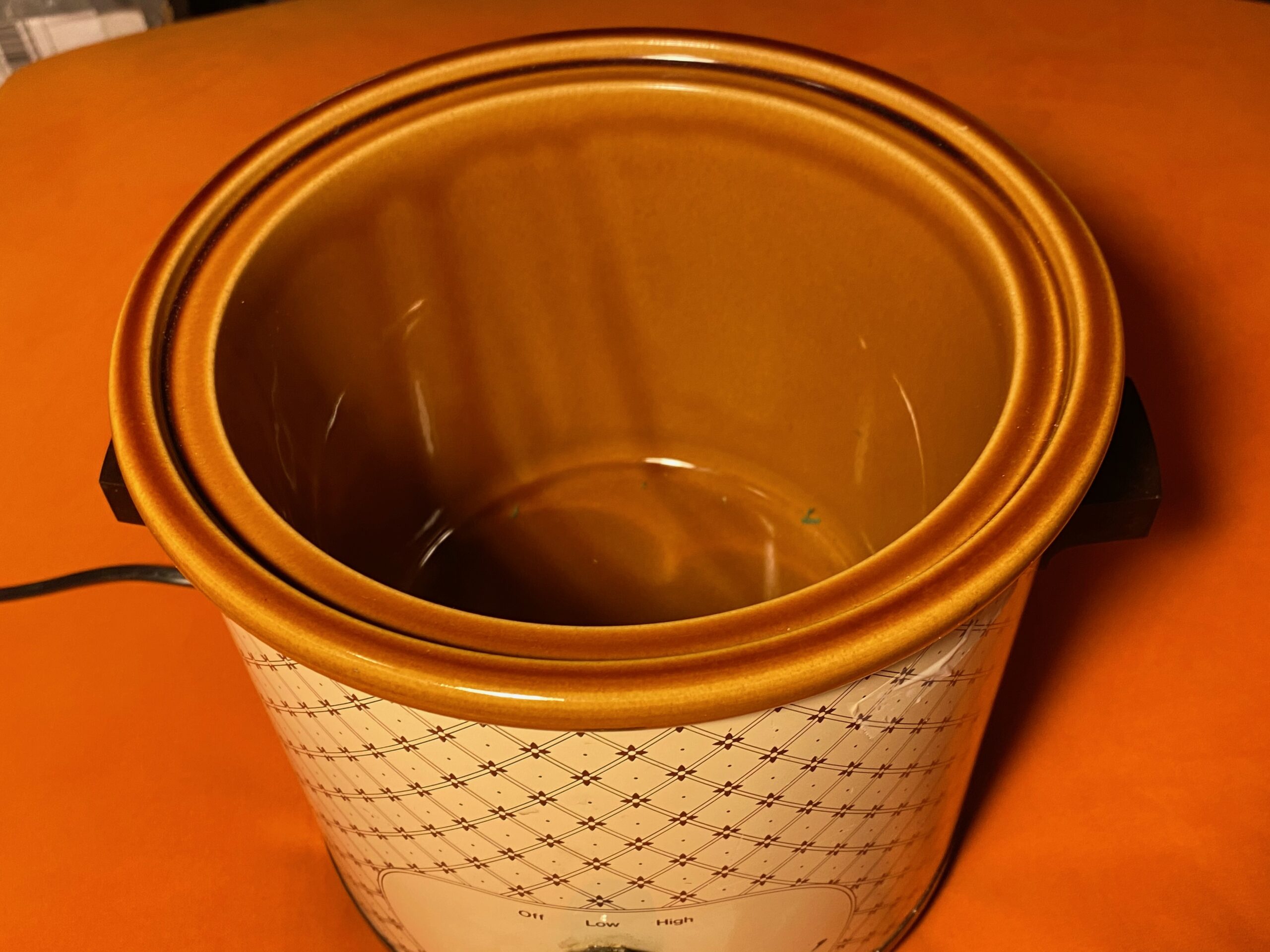
Never Miss an Important Article Again!
Join our Email List


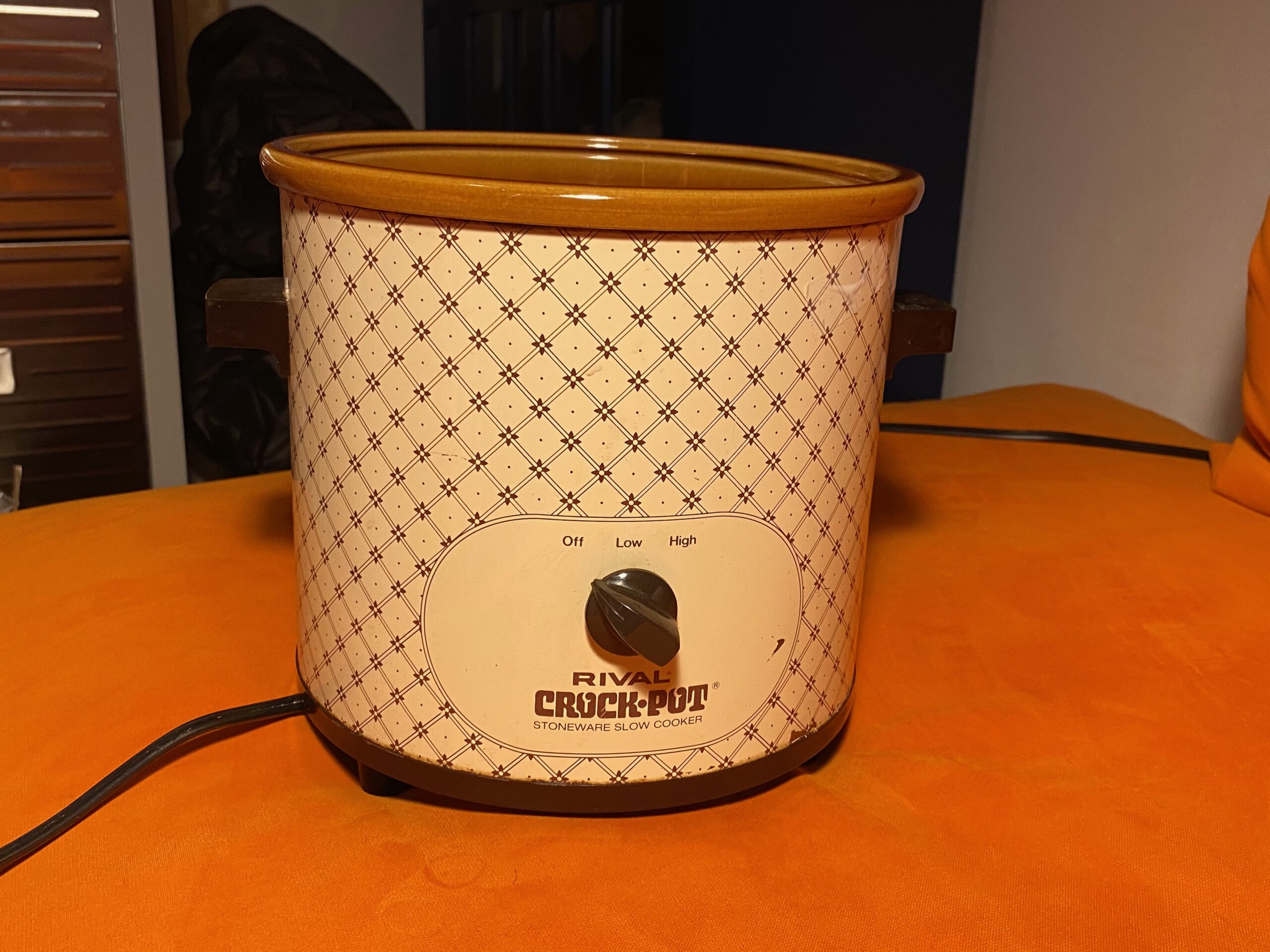
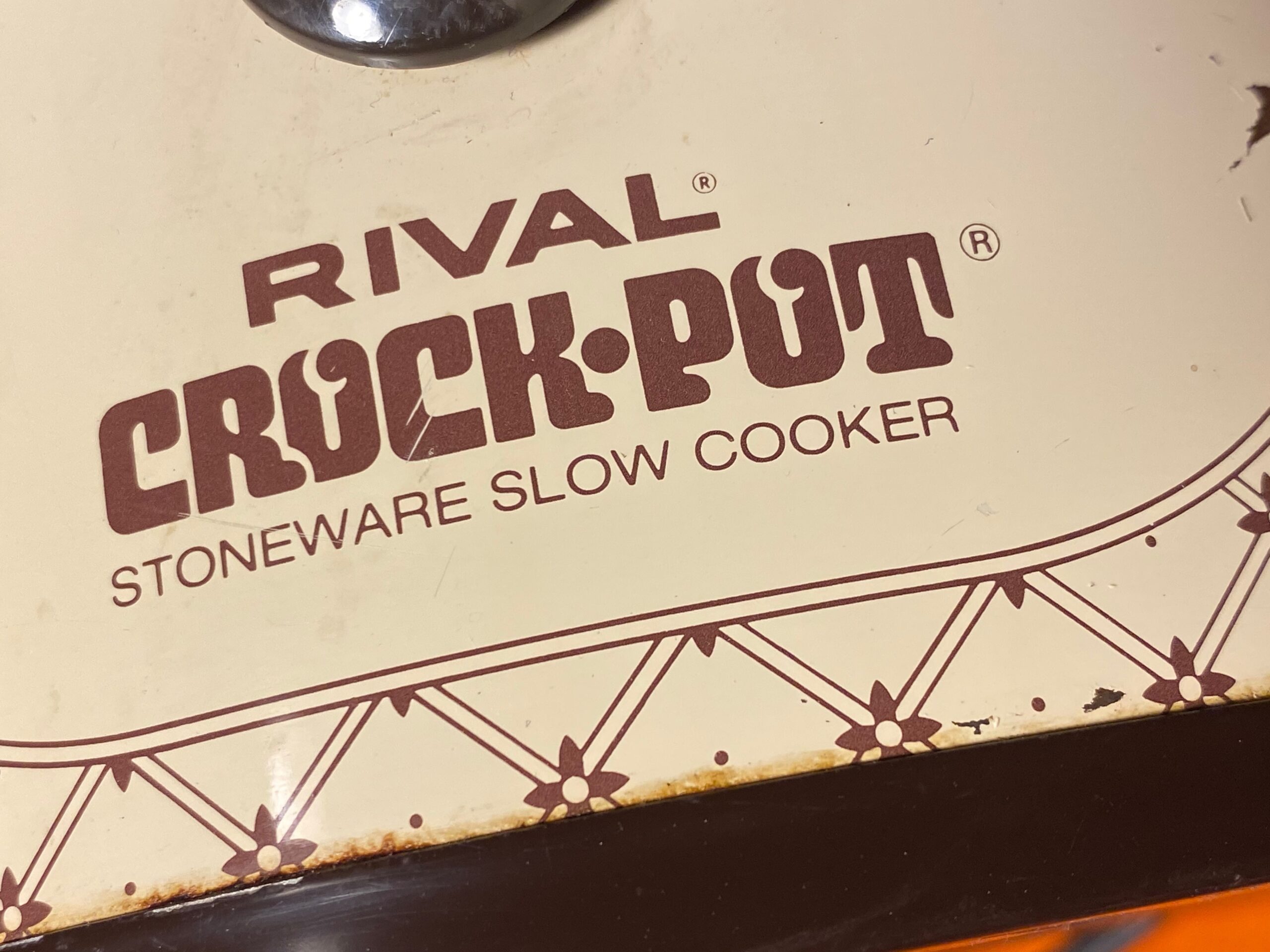
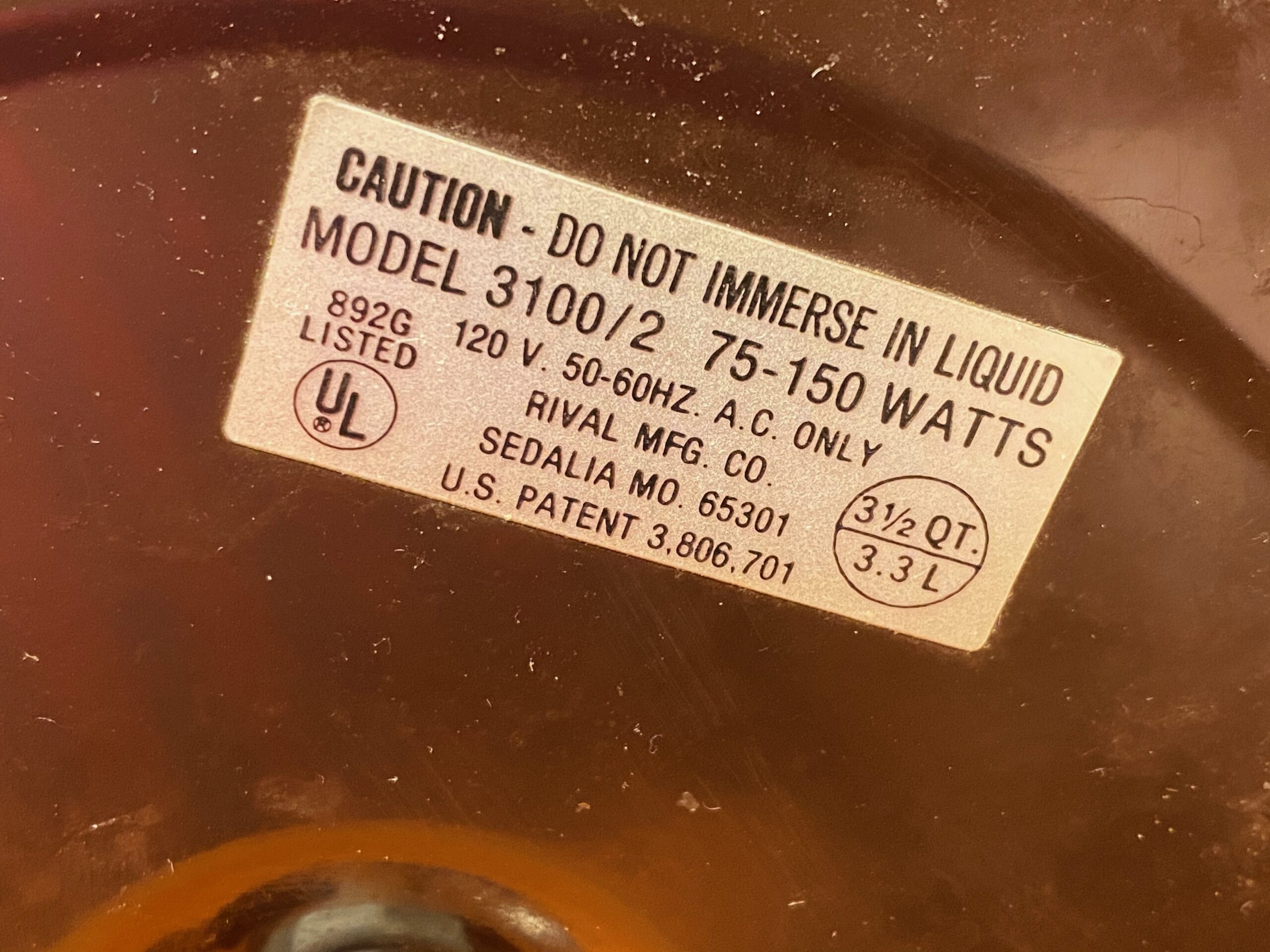
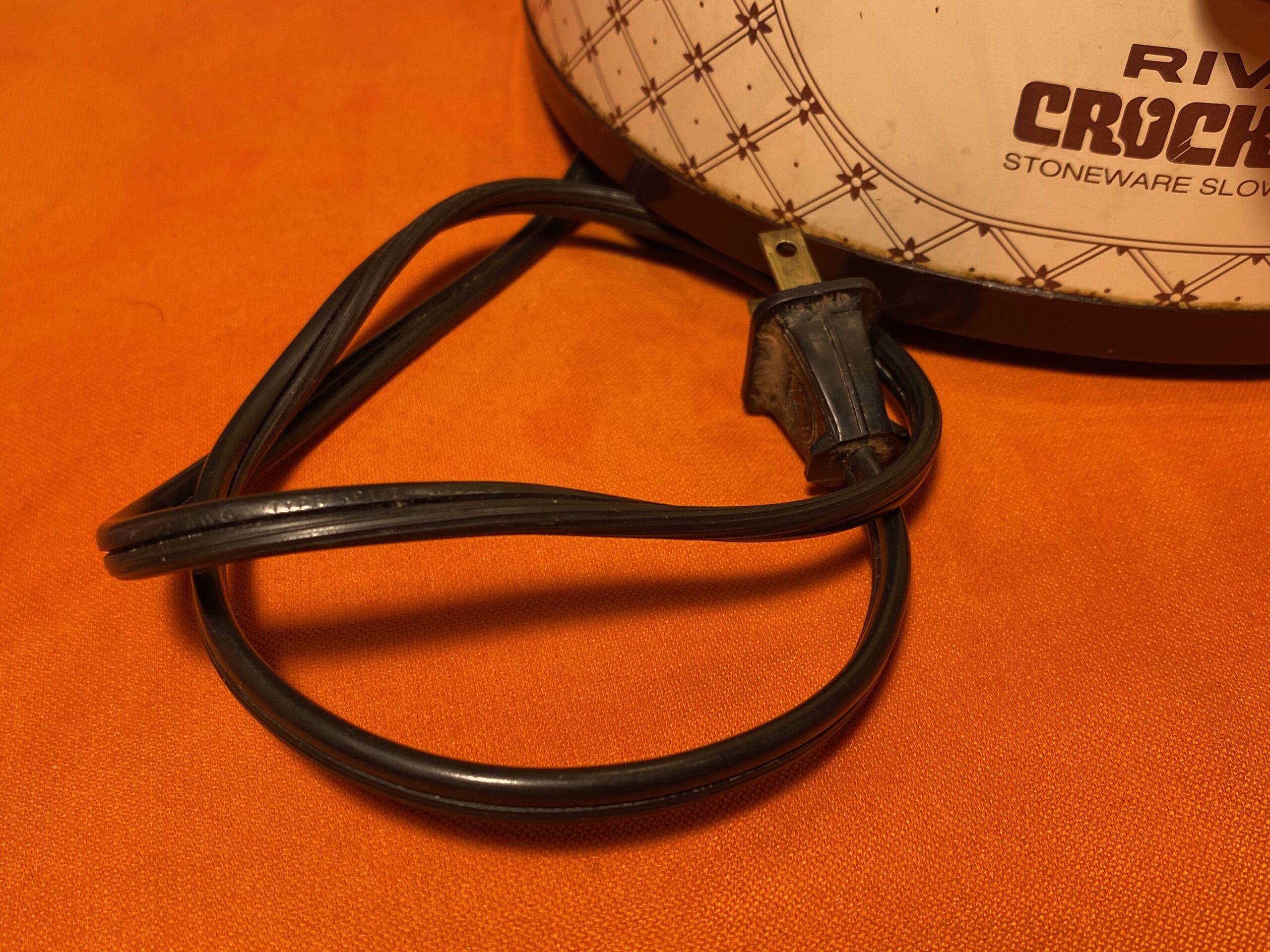

thank you for sharing all of your testing results! I found two original 1971 crockpots in excellent shape at a thrift store recently and purchased both Rivals. they reminded me of childhood. I have eaten vegetables (with tomatoes/ tomato sauce) out of both of them. now I’m worried, and have been obsessing for hours over this.
How old is this particular crockpot? I just bought this exact same one at a thrift store for $8.00 and it looks practically brand new! Just curious what year it was manufactured.
Hi Sandy, just thought I would throw in an answer from reading this post where she mentions she does not know the age of this particular crock pot. Hope this helps. 🙂
Hi Tara, one question I have is about the power cord. When there are high levels of lead in the cord, I am curious how the lead affects a person when it is rubberized. Does the lead leach out through the exterior rubber covering? Thanks.
Lead is in the PVC covering of the cord. Almost all power cords have lead to keep them flexible.
Thank you for this article, Tamara. I have the crock pot pictured therein, exactly, which I bought in 1983. My younger child was born that year. It is still in like-new condition. Even when the kids were living at home, I probably used it no more than 4-6 times a year. Now it’s usually just me, and I use it a couple of times of year. I’m a healthy 70-year-old woman, but I am one to pay attention to the science. I love the old Rival crockpot with its removable ceramic liner because it never has hot spots like so many contemporary slow cookers; slow is really slow. I have an InstaPot but am not in love with it. Given my age and current health, I wonder if I need to toss the old pot if I promise to use it only 2-3 times each year and wash my hands after touching the exterior and the cord? Are you willing to offer advice about this. I will understand that it would be advice only. Thanks!